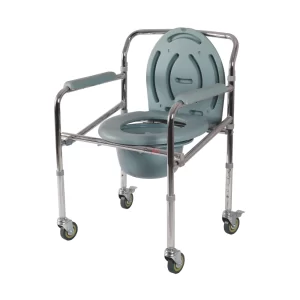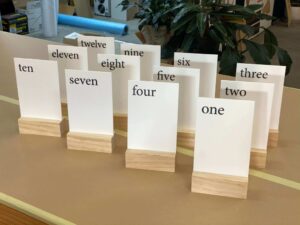
Greenhouse growers sometimes suffer from the misconception that natural sunlight is the only thing necessary to bring their chosen crops to fulfillment. Although it’s true that little, if any, artificial light is necessary during the summer months, this doesn’t apply in most areas during the rest of the year. Winter light is simply too weak to allow most plants to photosynthesize properly, particularly certain types of plants with genetically based 12-hour photosynthesis cycles. Leaving a greenhouse empty during much of the year means significantly reduced income potential, which is why an increasing number of growers are having greenhouse grow lights installed. Following are five benefits of using them.
They Save Energy
Because LED grow lights use substantially less energy than their traditional HID counterparts, they’ll save you money on utility costs. Along with using up to 60 percent less energy than HID lighting, the also produce less heat, and they function without the use of an external ballast.
They Last Longer
LED grow lights don’t have filaments to burn, which makes them last up to four times longer than HID lights. You’ll save money by not having to replace them nearly as often, and you’ll also streamline your production schedule. They also don’t simply stop working when their lifetime is up — LED lights slowly begin to wane when they’re getting close to the end of their life cycle, which allows growers ample time to prepare to put in a set of replacement lights.
They Reduce the Risk of Fire
Losing a crop to an accidental fire is among many growers’ worst nightmares. LED lights aren’t nearly as hot as other options, which significantly reduces the risk of fire in your greenhouse. Also, some types of plants are damaged by too much heat, so these lights help prevent that from happening.
They Feature Flexible Design
Because not all plants have the same lighting needs, LED greenhouse grow lights feature the kind of flexible design options not found in traditional lighting methods. For instance, you can choose to install a multilayered vertical lighting system, a ceiling lighting system, or an inter-lighting system designed to optimize light distribution and minimize obstructive shading caused by overhead lights.
They Can Be Used in Space
NASA is currently growing a variety of plants on the International Space Station using LED lighting. Tractional lighting doesn’t work nearly as well because it doesn’t contain the wavelength spectrum necessary for optimal photosynthesis.
If you’d like to hear more about different types of grow lights and what they can do for your greenhouse crops, please don’t hesitate to contact us at your convenience. If you’re calling from the U.S., we can be reached at (800) 575-3475. If you’re outside the U.S., give us a call at (747) 444-3380. If you’re in the Canoga Park area, feel free to drop by 7949 Deering Ave, Canoga Park, CA 91304.


